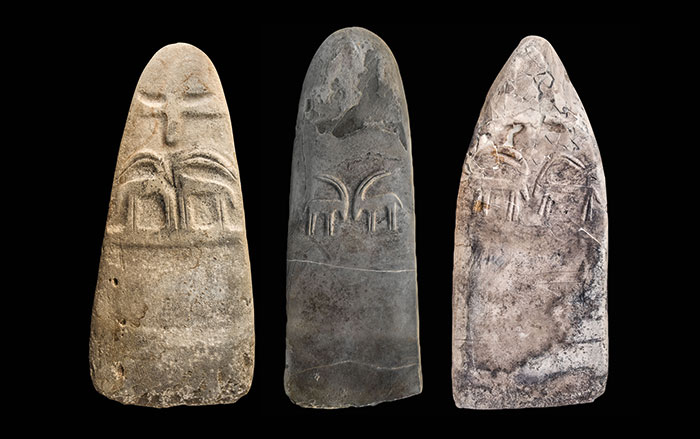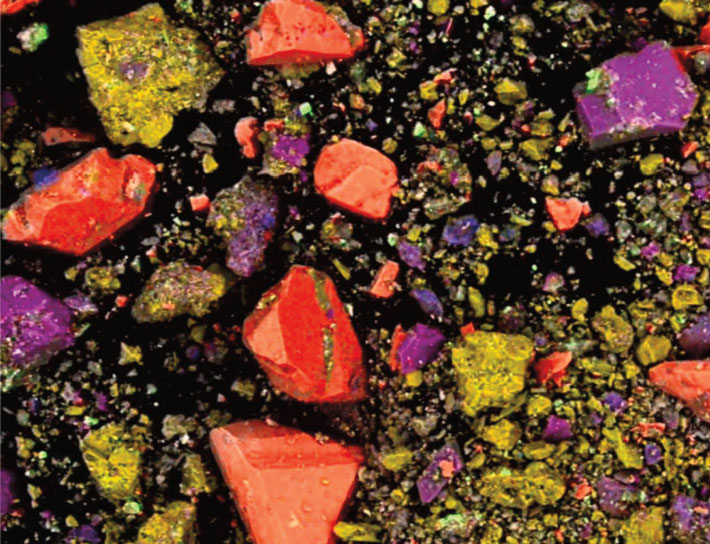ISFAHAN, IRAN—The Tehran Times reports that archaeologist Alireza Jafari-Zand and his colleagues have uncovered the remains of a teenage girl who was buried during the second Parthian era, between 247 B.C. and A.D. 224, at the site of Tepe Ashraf in central Iran. The girl’s poorly preserved remains were found next to a platform on which a large jar and part of a horse’s spinal cord were found. Last month, the excavation team unearthed the remains of a woman in a nearby tomb dated to the same period. She had also been buried next to a platform supporting a blue jug. Jafari-Zand suggests that both of the tombs were damaged in antiquity. “Tepe Ashraf is the second place after the Tepe Sialk (in Isfahan province) that has yielded the discovery of such jar tombs that offers valuable clues to uncover the obscure history of pre-Islamic Isfahan,” he explained. For more on recent archaeological discoveries in Iran, go to "Yesterday, Today, and Tomorrow."
2,000-Year-Old Burials Uncovered in Iran
News August 12, 2020
Recommended Articles
Digs & Discoveries November/December 2025
BYOB(oar)

Features March/April 2025
Ahead of Their Time
Excavations reveal the surprising sophistication of Copper Age villagers in southwestern Iran 6,000 years ago

Features November/December 2024
Exploring Ancient Persia’s Royal Fire Temple
At a remote lake in the mountains of Iran, archaeologists have identified the most revered Zoroastrian sanctuary

Digs & Discoveries May/June 2024
Near Eastern Lip Kit

-
Features July/August 2020
A Silk Road Renaissance
Excavations in Tajikistan have unveiled a city of merchant princes that flourished from the fifth to the eighth century a.d.
 (Prisma Archivo/Alamy Stock Photo)
(Prisma Archivo/Alamy Stock Photo) -
Features July/August 2020
Idol of the Painted Temple
On Peru’s central coast, an ornately carved totem was venerated across centuries of upheaval and conquest
 (© Peter Eeckhout)
(© Peter Eeckhout) -
Letter from Normandy July/August 2020
The Legacy of the Longest Day
More than 75 years after D-Day, the Allied invasion’s impact on the French landscape is still not fully understood
 (National Archives)
(National Archives) -
Artifacts July/August 2020
Roman Canteen
 (Valois, INRAP)
(Valois, INRAP)


